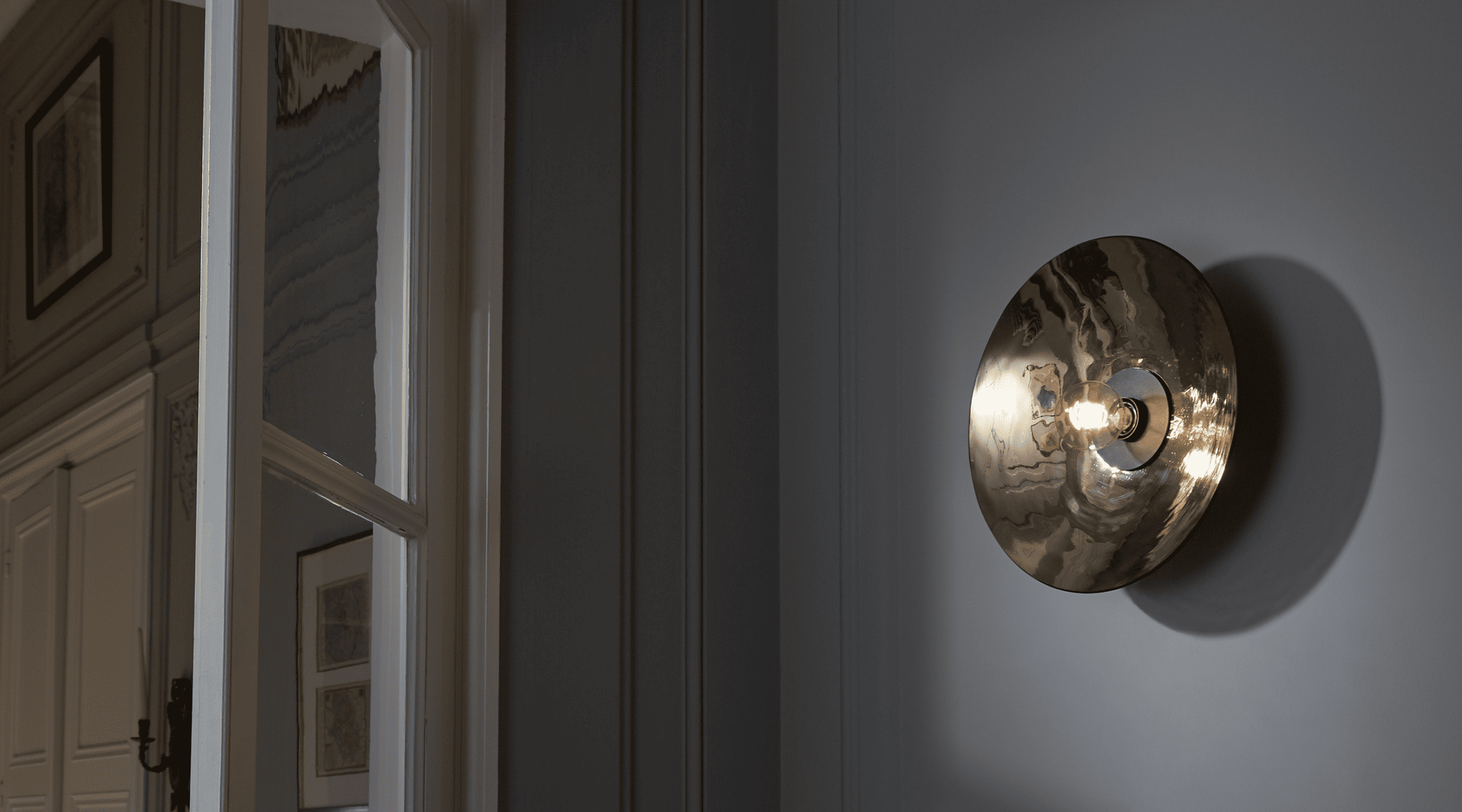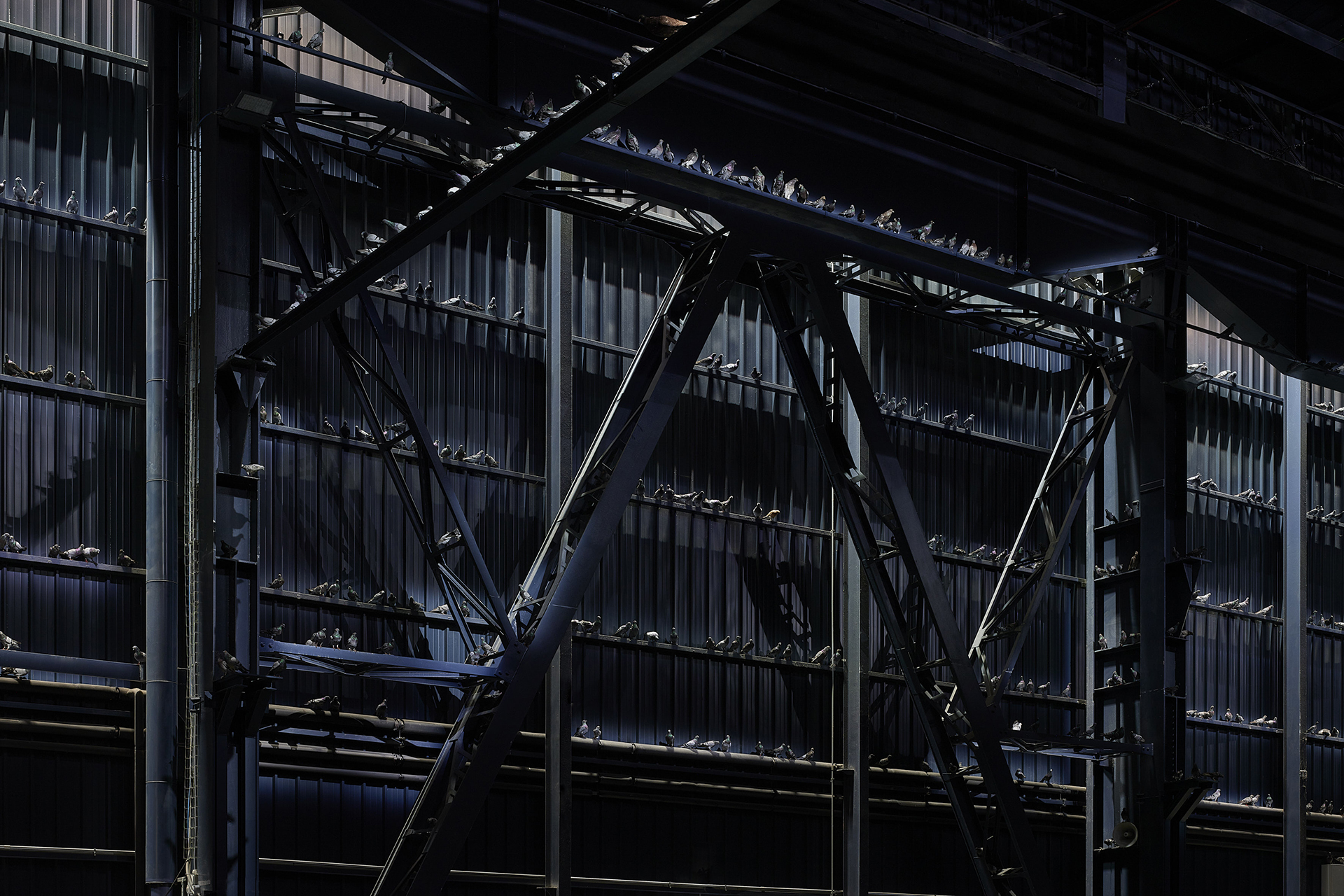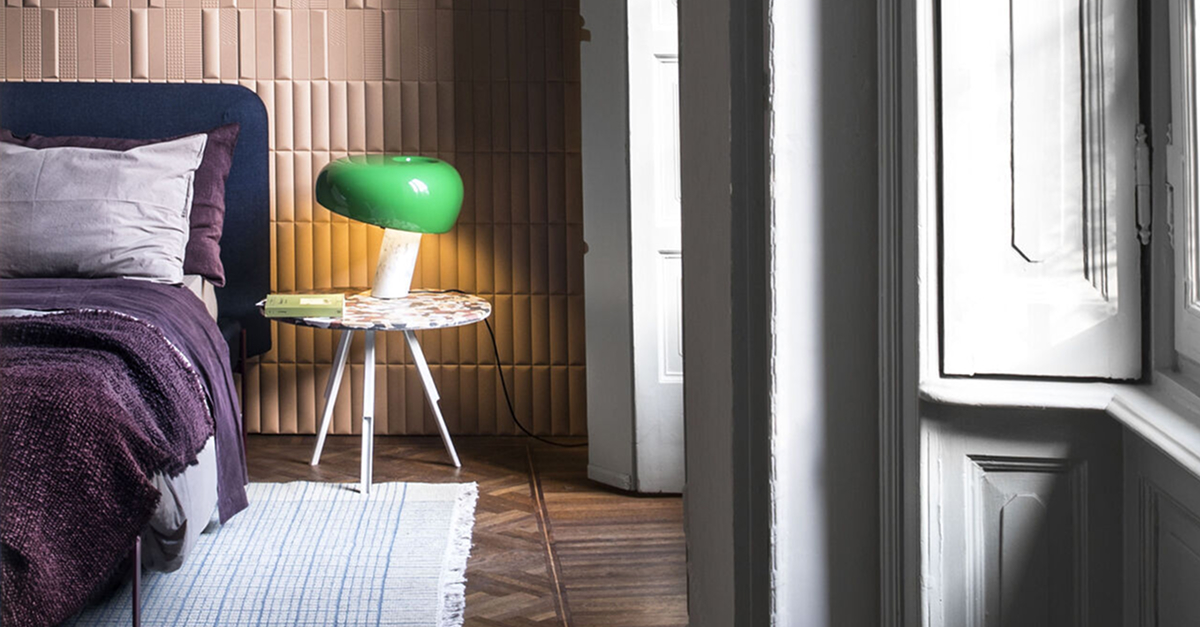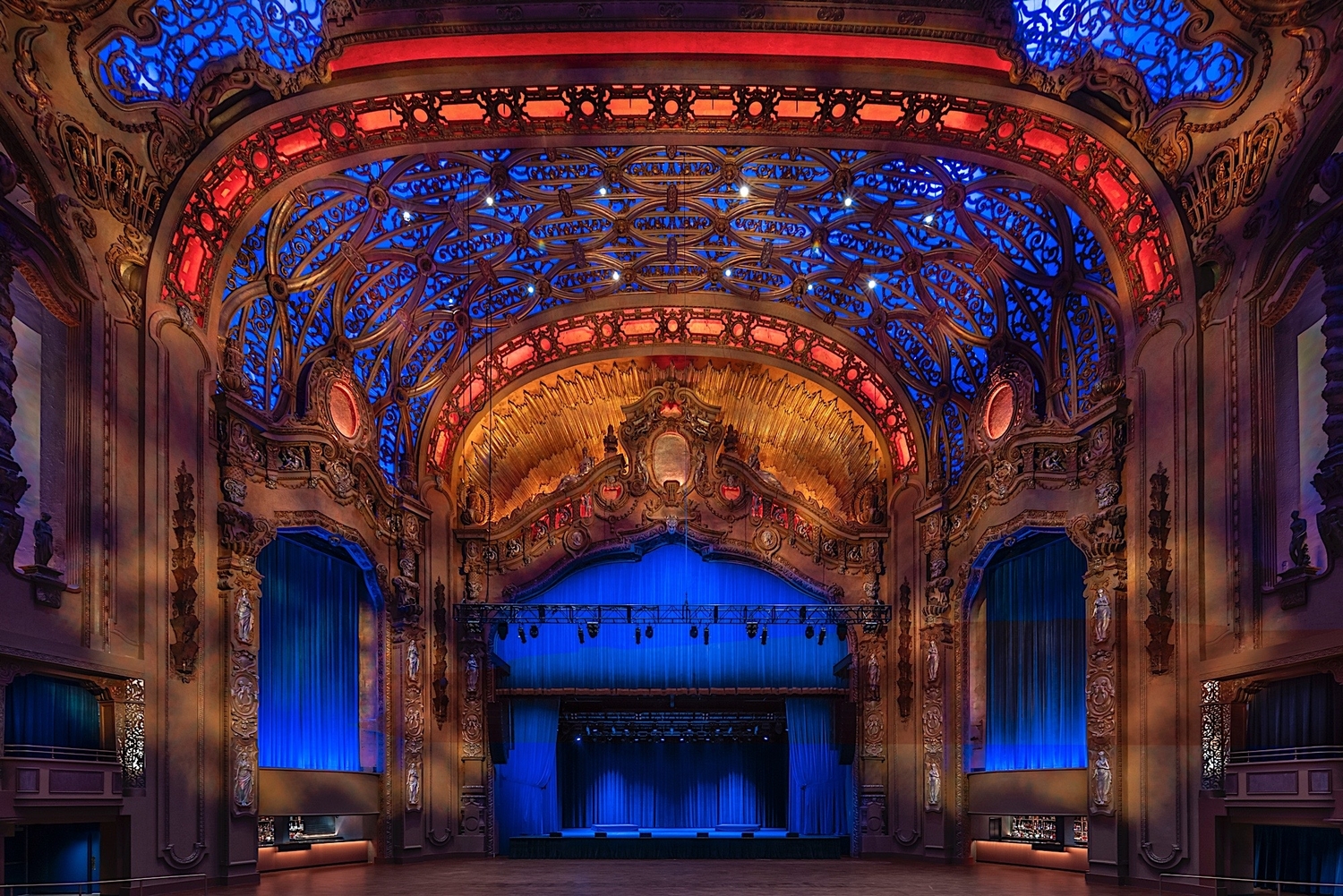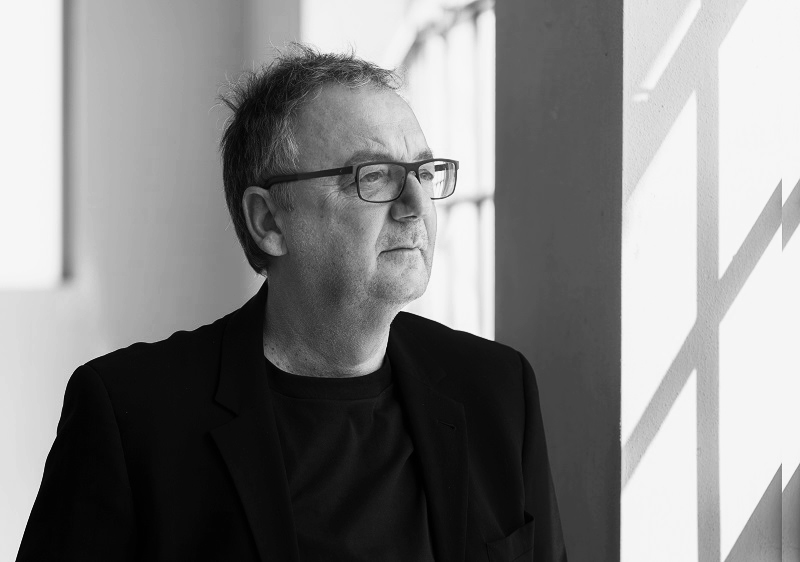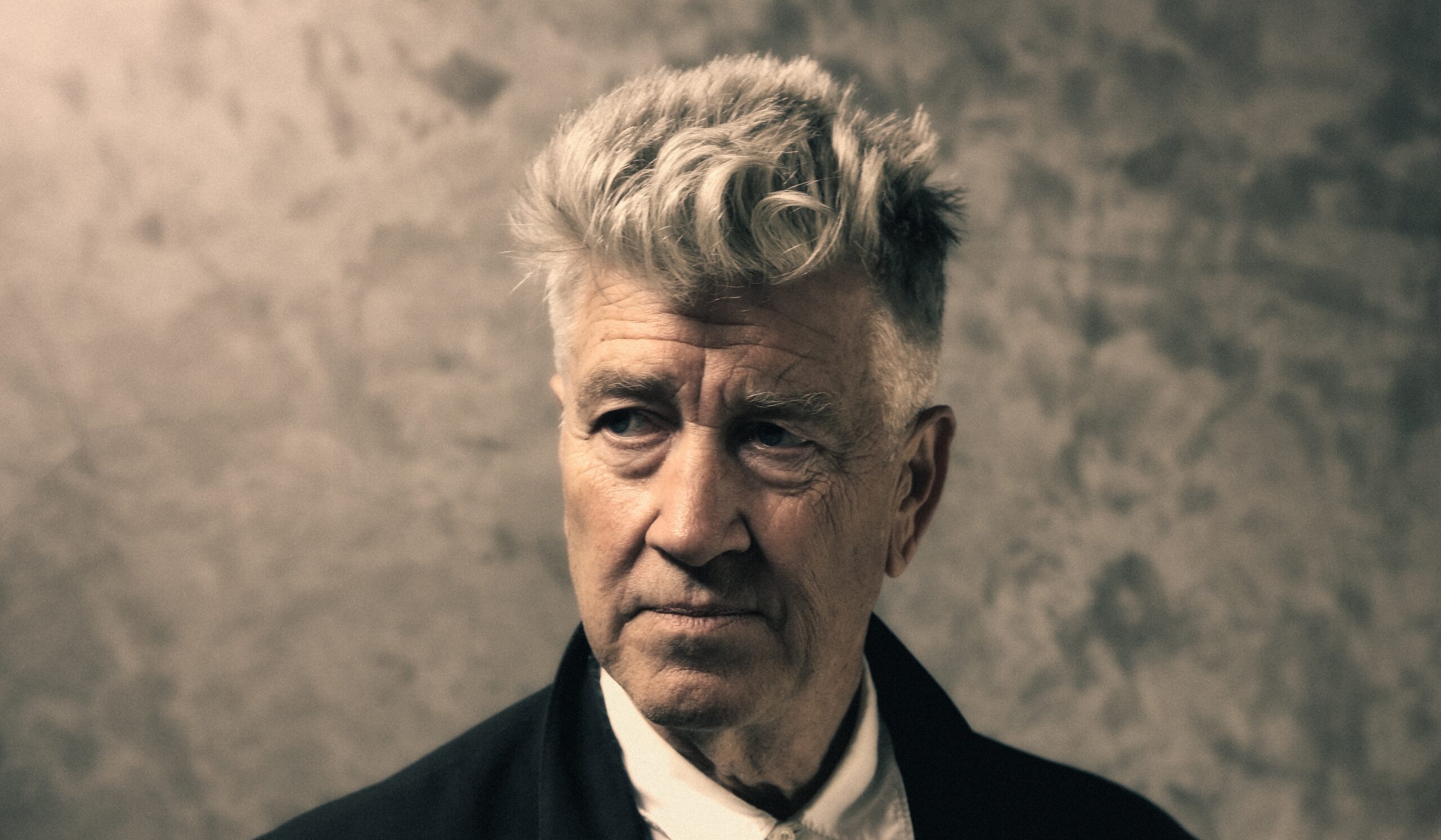Photo: Raffaele Vincelli, Rino Malgrande, Francesca Storaro
Amid the unspoiled landscapes of the Abruzzo plateau, nestled between the Gran Sasso massif and the Sirente-Velino Natural Park, lies the archaeological site of the ancient Roman city of Peltuinum. Founded in the 1st century BCE, on land once inhabited by the Vestini, the city held a strategic position along transhumance routes. It servedas a crossroads for commerce and cultural exchange.
Its urban layout—with city walls, temple, and theatre—reflected vitality and centrality. A devastating earthquake in the 5th century led to gradual abandonment. Today, the remains of imposing walls and a monumental tomb preserve the memory of a civilization that drew its identity from the landscape.
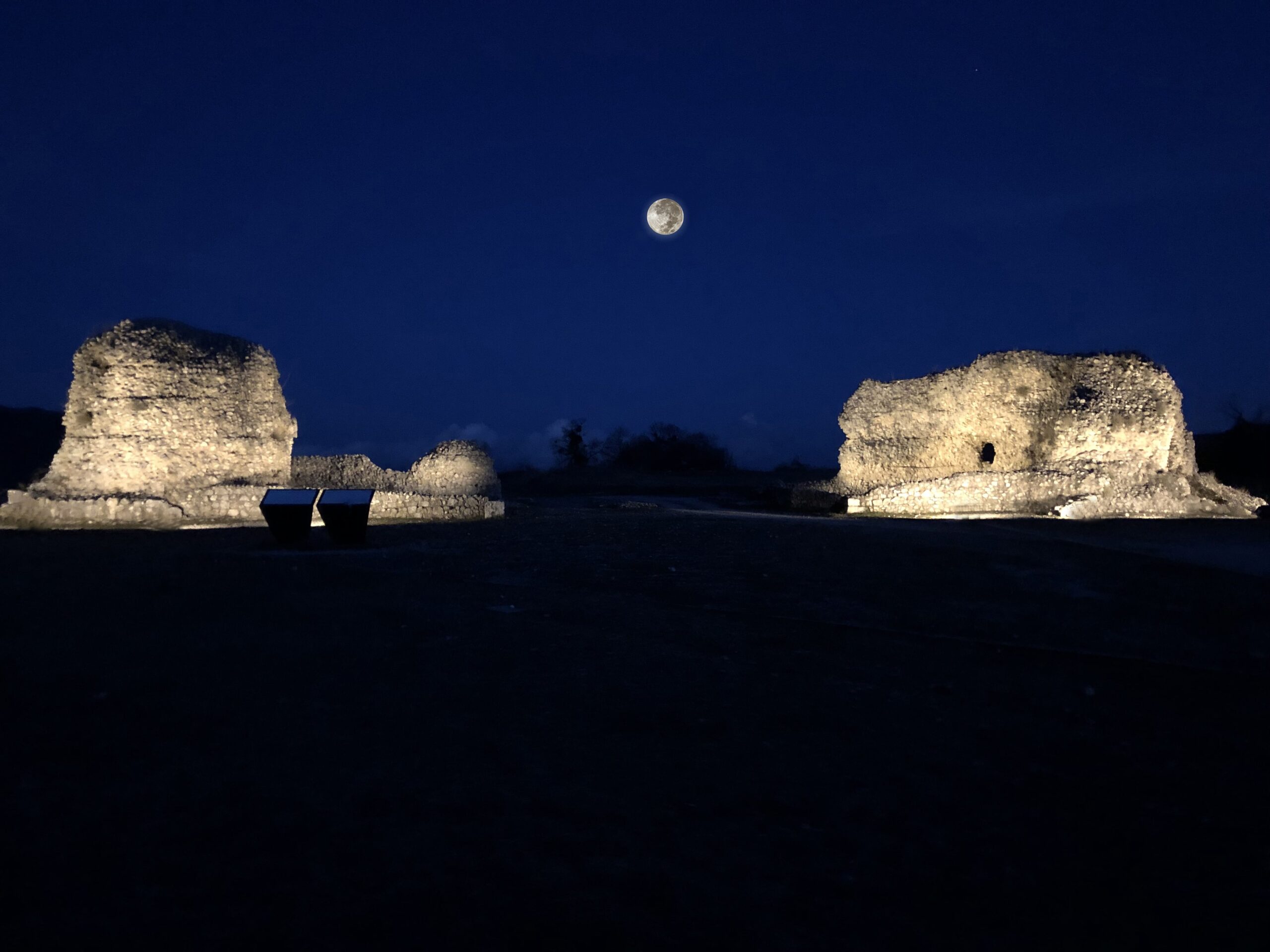
Within this evocative setting, architect and lighting designer Francesca Storaro developed a lighting project. She combined technical precision and interpretive sensitivity. The project was realized thanks to the Municipality of Prata d’Ansidonia and supported by Mayor Paolo Eusani.
The new installation restores visibility and legibility to the archaeological structures. It also reinserts them into a visual narrative. This narrative translates the original theme of transhumance into a journey of light.
The concept: how did this idea emerge?
«Transhumance represents the very essence of Peltuinum. The city was born as a hub of passage and exchange along the drove roads. I wanted to translate this concept of ‘crossing’ into a luminous path. Light becomes a metaphor for the journey. Starting with the warm, sunlit tones of summer days, it gradually transitions through intermediate hues to the cool, sky-blue shades of winter nights. This evokes both the Sun and the Moon.
This progressive shift in color temperature reproduces a full cycle, from day to night and from summer to winter. It creates a true ‘transhumance of light’. Beyond its symbolic value, the lighting enhances the material qualities of the structures. It highlights textures, thicknesses, and architectural details. The lighting thus becomes a narrative tool, transforming the nighttime visit into an immersive experience. Here, history and landscape interact with the contemporary language of light».
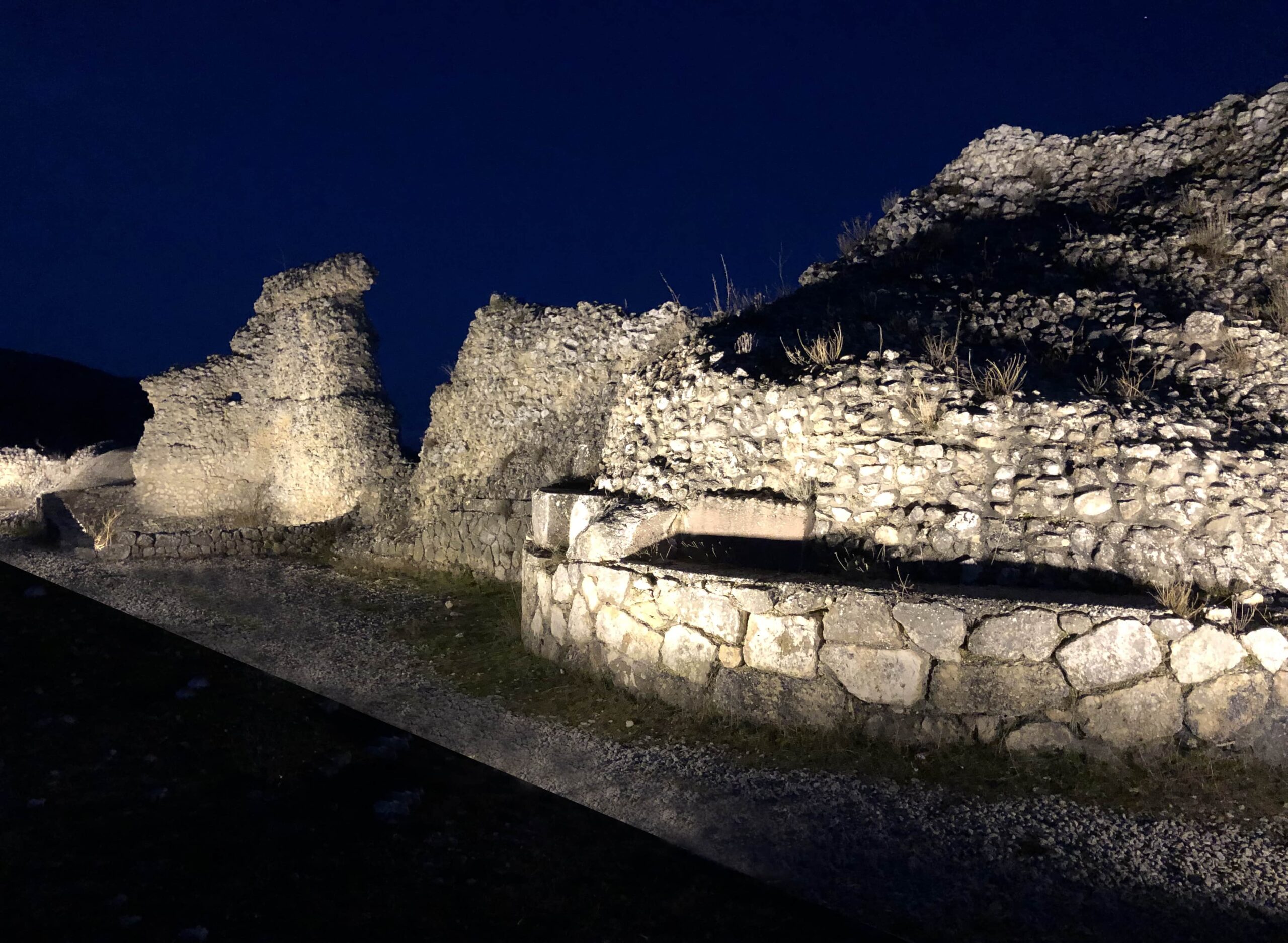
What technical solutions made this narrative possible?
«To achieve this project, we used 73 tunable white Capital 100 projectors by Griven. These features customized regulation from 2200K to 6500K. This allows the widest possible fluctuation of white light, spanning intense amber tones to delicate cerulean hues».
«The choice of optics was crucial: the projectors were equipped with either extra-wide 61° standard optics or, depending on the area, custom 25 ° x 60 ° optics.
All fixtures include snoots and honeycomb anti-glare filters and are enclosed in metal housings to ensure maximum visitor safety and product integrity.
The system is managed by a DALI DT8 control unit, which enables the programming of fixed or dynamic scenes, allowing for modulation of both intensity and color temperature.
The light distribution was designed to respect the site’s historic and natural integrity, avoiding interference with the surrounding environment and ensuring a coherent, emotional visual experience».
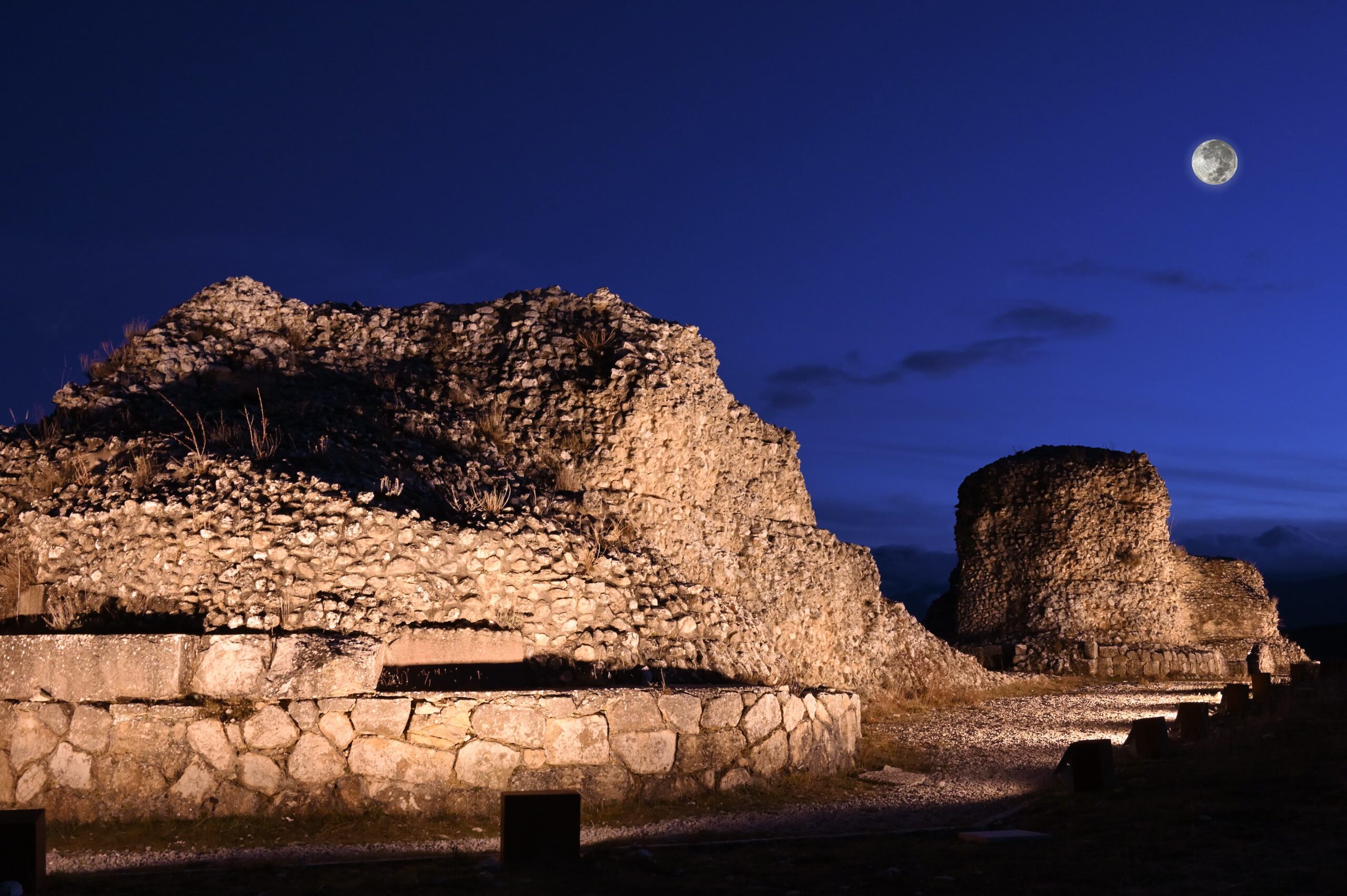
How do you balance architectural and interpretive lighting in such a delicate archaeological context?
«I envisioned a dual approach. The architectural lighting (3500K) highlights the materials, proportions, and morphology of the city walls in a neutral way, respecting the site’s historicity. The interpretive lighting for events uses dynamic scenes that modulate color temperature and intensity to evoke the passage from the Sun (2200K) to the Moon (6500K). This alternation enhances the three-dimensionality of the walls, creating depth and guiding the visitor’s gaze along emotional pathways. The Helvar DALI DT8 control system ensures smooth transitions between scenarios, making it possible to adapt the lighting experience to guided tours, events, or free exploration of the site».
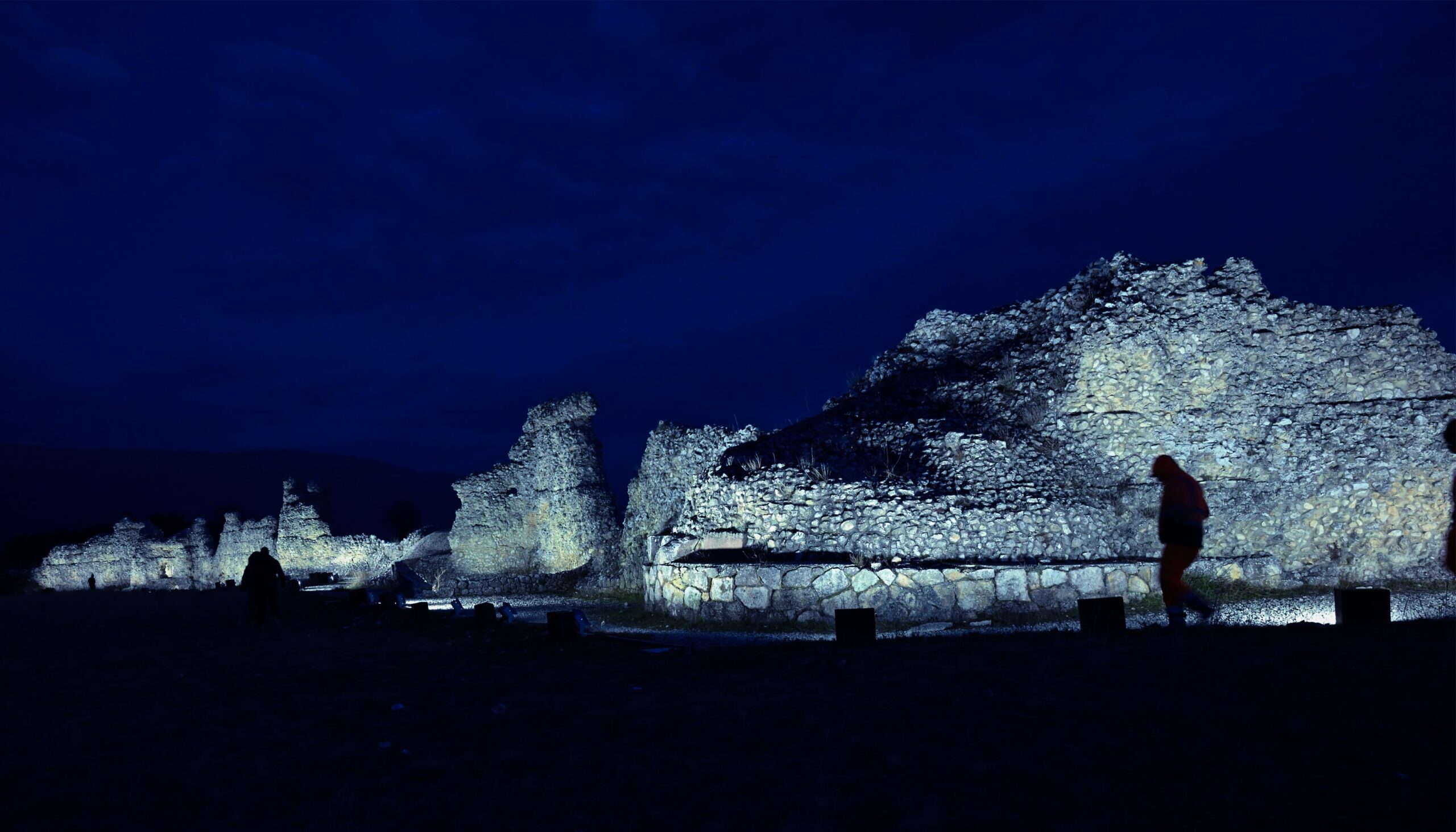
What role does light play in enhancing cultural heritage?
«Light, when designed with technical rigor and artistic sensitivity, becomes a powerful and authentic narrative instrument. At Peltuinum, it does not just illuminate the city walls and the Monumental Tomb. Instead, it transforms them into an immersive, poetic experience.
Its dynamism enhances the monumental space and facilitates understanding. It offers a fresh perspective on heritage. It also engages communities and visitors in a profound dialogue with history and the landscape».
